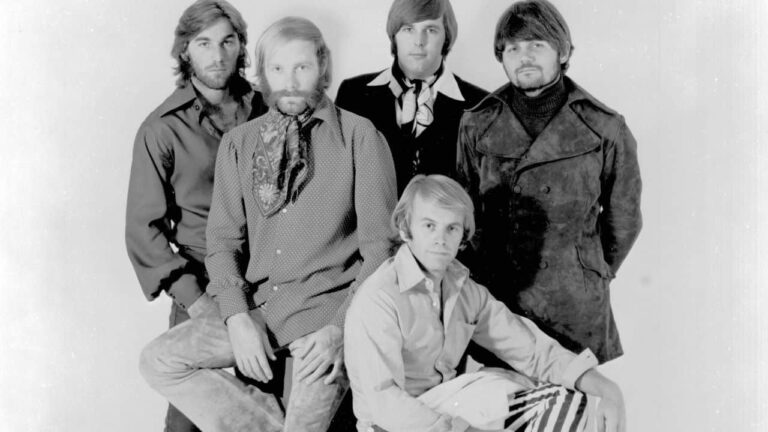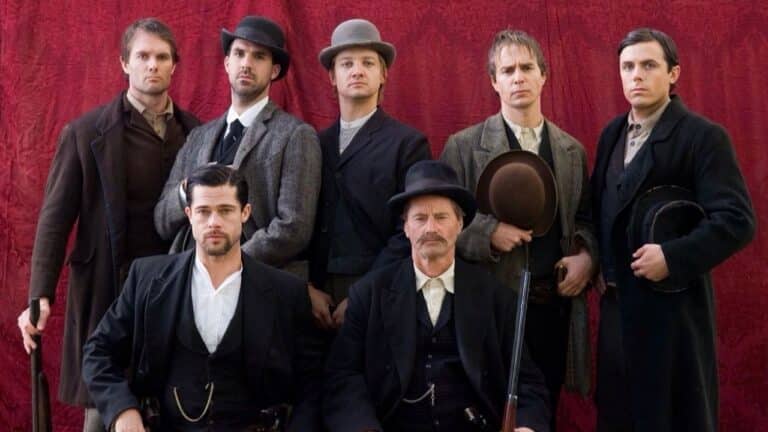These 13 Famous Roadside Attractions Will Make You Want To Pull Over

Roadside attractions have lured drivers off highways for decades by tempting them with unusual sights and experiences that are deemed worthy of a pitstop.
As soon as Americans started traveling long distances by car more frequently in the 1940s and 1950s, developers rushed to build restaurants, cafes, motels, and unusual gift shops to invite tourists to stop and spend some money. If a family in a car is making their way across the country for a vacation and the kids in the backseat have asked “Are we there yet?” for the eighth time in as many hours, it’s understandable why the weary driver might want to pull off the road to check out, say, the World’s Largest Ball of Twine or Foamhenge.
All of the following roadside attractions still exist in the United States. Which ones would get you to take the nearest exit?
Cabazon Dinosaurs

The Cabazon Dinosaurs are two giant steel-and-concrete dinosaurs named Mr. Rex and Dinny that you can’t miss when driving on Interstate 10 between Los Angeles and Palm Springs. The dinosaurs are periodically painted different colors such as hot pink — anything to pop against the desert surroundings and get drivers to pull over, take some social media pics, and buy some plastic dinosaurs or other trinkets at the gift shop.
Fans of Tim Burton’s Pee-wee’s Big Adventure will recognize the Cabazon Dinosaurs for appearing in the popular film.
Cadillac Ranch

An avant-garde art group named the Ant Farm is responsible for the Cadillac Ranch art installation off historic Route 66 in Amarillo, Texas. Ten Cadillacs are buried nose down in the dirt at the same angle as the pyramids of Giza.
Although signage discourages people from spray-painting their own designs on the cars, visitors have done so for decades. If you’re impressed with your artistic contribution to Cadillac Ranch, take a picture because someone a few miles down the road will paint over it soon enough.
Corn Palace

If you’ve been driving on the road for some time and are near Mitchell, South Dakota, you might feel corny enough to check out the Corn Palace. The current Moorish Revival building has stood there since 1921 and is redecorated every year with murals made of corn and other grains.
This lasting testament to crop art is reportedly visited by 500,000 tourists each year and is used for festivals, rodeos, and basketball games.
Cawker City’s Ball of Twine

It may surprise you to learn that there are several places in the United States that each claim to have the world’s largest ball of twine. As of this writing, Cawker City’s Ball of Twine in Kansas is the ball to beat.
The community continued adding to Frank Stoeber’s twine ball beginning with the annual Twine Ball Days festival in 1982 — years after Stoeber’s death in 1974. Today, the ball is estimated to weigh about 14 tons and contains more than 1,600 miles of twine.
Foamhenge

You may never make it to the real Stonehenge prehistoric megalithic structure in England, but Foamhenge — a full-scale Styrofoam recreation of Stonehenge — awaits you in Centreville, Virginia.
Created by artist Mark Cline in 2004, Foamhenge moved to its current location in 2017 from its original home in Natural Bridge, Virginia. Each piece of gray-painted Styrofoam blocks that comprise Foamhenge weighs approximately 420 pounds.
Blue Whale of Catoosa

The popular Blue Whale of Catoosa off Route 66 near the town of Catoosa, Oklahoma was built in the 1970s by Hugh Davis as a gift to his wife, Zelta, who had a whale of a time collecting figurines of the marine mammals.
After Mr. Davis died in 1990, the park fell into disrepair and the Blue Whale seemed marked for extinction. However, thanks to a fundraising effort, the Blue Whale was saved and repainted its original vibrant blue color. The adjacent picnic area was also restored.
Paul Bunyan and Babe the Blue Ox

Two large statues of American folk hero Paul Bunyan and his blue ox, Babe, greet visitors at the Tourist Information Center located in Bemidji, Minnesota on the shore of Lake Bemidji. Built in 1937, the statues are one of the oldest remaining roadside attractions in the United States. Don’t leave without stopping in the visitor center, which contains the Fireplace of States constructed of 900 rocks from every U.S. state and Canadian province.
The Paul Bunyan and Babe the Blue Ox statues are featured on the first season of the FX show Fargo.
World’s Largest Rocking Chair

Casey, Illinois is a small town with a lot of oversized attractions. Although fewer than 2,500 people live in Casey, it is home to the World’s Largest Rocking Chair. The 56.5-foot tall chair weighs 46,000 pounds and was completed in 2015.
If you pull over in Casey to see the rocking chair big enough for King Kong, don’t leave without checking out the nearby World’s Largest Wind Chime or the World’s Largest Teeter-totter.
Lucy the Elephant

Lucy the Elephant is a six-story elephant located in Margate City just a few miles south of Atlantic City, New Jersey. Built by James V. Lafferty in 1882 to promote real estate sales and attract tourists, Lucy the Elephant is not only the oldest surviving roadside attraction in America, but it was built decades before before automobiles were even commonplace.
More than 130,000 people visit Lucy each year. In addition to funds raised by an admission fee, the site also features a gift shop that sells stuffed elephants, elephant jewelry, and more.
Haines Shoe House

Mahlon Haines built the Haines Shoe House in Hellam Township, Pennsylvania in 1948 at a cost of $26,000 to promote his shoe stores. Shaped like a work boot, the 1,500-square-foot house has 3 bedrooms and 2.5 bathrooms.
Subsequent owners after Haines have operated the Haines Shoe House as a museum and ice cream shop. The Haines Shoe House is currently an Airbnb rental property, so not only is it a roadside attraction, but you can stay in it overnight if you plan ahead and need a break from driving.
World’s Largest Catsup Bottle

Collinsville, Illinois is home to the World’s Largest Catsup Bottle, which is actually the 170-foot-tall Brooks Catsup Bottle water tower. If the tower built in 1949 actually contained ketchup, it would take 640,000 standard-size bottles to fill it up.
Each July, the town celebrates the World’s Largest Catsup Bottle with the Catsup Bottle Festival. The Brooks Catsup Bottle — a towering tribute to condiments — is a National Historic Landmark located an easy 20-minute drive from the Gateway Arch in St. Louis.
Jolly Green Giant Statue

You would naturally expect a statue of the Jolly Green Giant frozen and canned vegetable mascot to be giant, and the statue located in Blue Earth, Minnesota does not disappoint. The 55.5-foot Jolly Green Giant has welcomed visitors to town since 1979.
A Green Giant canning plant exists in Blue Earth, so radio station owner Paul Hedberg came up with the idea to erect a Jolly Green Giant statue after visitors kept asking him where the giant lived. Over 10,000 visitors each year come to lay eyes on the Jolly Green Giant.
Salvation Mountain

Salvation Mountain is a hillside art installation near the city of Niland, several miles from the Salton Sea in Southern California. Local resident Leonard Knight created Salvation Mountain, which features Christian sayings such as “God Is Love” and Bible verses.
In addition to religious passages, Salvation Mountain depicts pictures of waterfalls, flowers, trees, and bluebirds. California Senator Barbara Boxer described it as a “national treasure.”





